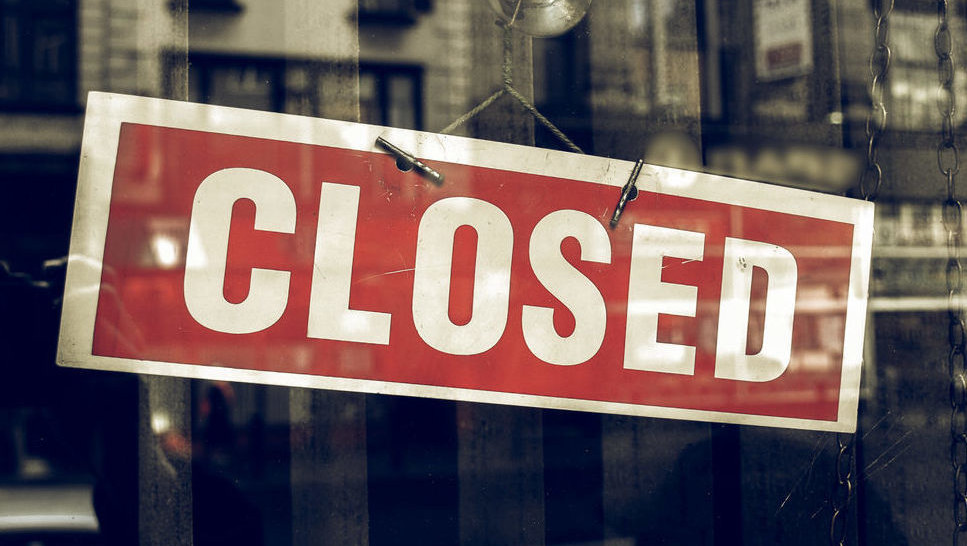
By managing restrictions, one has the ability to set controls over which bookings are accepted on specific dates or rate types.
NB: This is an article from Rateboard
For example, certain rates may only be made available during select bank holidays or the fall off-season. Restrictions can also affect the length of stay guests are allowed to book for during periods of high or low demand.
Subscribe to our weekly newsletter and stay up to date
By combining these approaches for different price types and demand phases, an optimal result can be achieved.
Depending on the technical equipment, these controls can be managed in the Revenue Management System (RMS), for example with RateBoard, the Property Management System (PMS) or both. However, to stay on top of things, it is advisable to choose one system for this task and stick with it.
Types of restrictions
CTA – CLOSED TO ARRIVAL
Closed to Arrival means that the customer cannot arrive on a specific date, regardless of the planned length of stay. Hotels usually apply the entry restrictions when they do not have staff available for check-in, such as no reception team on Sundays.
CTD – CLOSE TO DEPARTURE
Close to Departure is a restriction applied to an Rate Plan that restricts booking departure on that date. For events like Christmas, this feature helps avoid bookings with check-outs on specific dates.
MINLOS – MINIMUM LENGTH OF STAY
With a minimum length of stay, guests are given a minimum number of nights that they must book if they want to arrive on a specific day. This restriction makes sense above all in periods of high demand in order to avoid too many shorter stays, which may also mean that the rooms are vacant. An example of this in the holiday hotel industry is a minimum stay of two nights on weekends or up to seven nights over the Christmas holidays, especially in hotels in ski resorts.
MAXLOS – MAXIMUM LENGTH OF STAY
Maximum length of stay is a constraint policy that limits room availability by specifying a maximum number of nights a guest can book for stays. The MaxLos is also used in times of high demand and especially when guests are offered discounts.
Use restrictions correctly
In order to get the most out of restrictions, the following tips should be observed during implementation:
1. Situation Analysis – Understand your market and its demand
Demand patterns and thus peak times can be recognized on the basis of historical data and forecast demand data. It is now important to consider which restrictions can support maximizing utilization.
2. Identify shoulder data
Around high season times, there is often the opportunity to get even more bookings for dates shortly before the start or at the end.
3. Test and analyze
After the desired restrictions have been set, it is important to check whether they are running correctly and whether potential errors can prevent loss of revenue. This can easily be checked with test bookings. In addition, the performance should be checked at regular intervals in order to find areas in which one can improve. This will help you find the optimal restrictions for your hotel and maximize your results.




